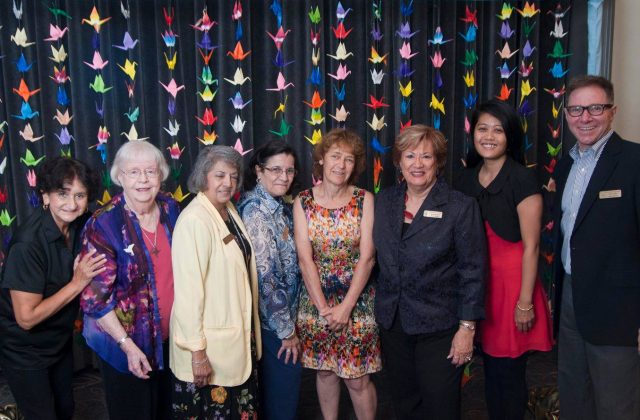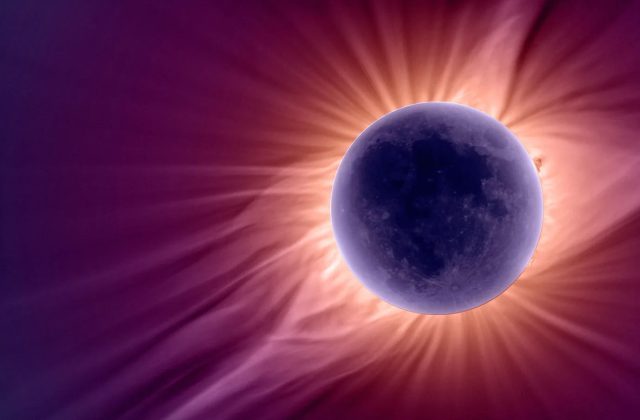Intersection
Intersection
by Amy Martin (c)
Overhead, the stars are falling, alabaster streaks ephemerally etched on the night sky. So very long ago, Comet Swift-Tuttle passed our way, its long tail leaving remainders of itself, like white cat fur on passing black slacks. Now every year we swing around the Sun to cross the tail again and the sky puts on its own fireworks display as the Perseid meteor shower.
Our worlds intersect, our spinning planet in a dance around its star, and the path of a deteriorating chunk of space rock that flames out in a million dazzling white streaks. The intersection is where life is, the combustion that fuels evolution on all levels, where two disparate things come together, how all life begins. Millenium ago, meteors pierced the atmosphere and scattered their organic elements into the ocean to trigger life. Later fish with gills and lungs crawled out of the tidal pools and intersected with the shore.
America is the intersection, where the great Eastern forest meets the vast Great Plains, where the desert Southwest encounters the Sierra Mountains that hug the verdant west coast. Within these shores now live immigrants of every continent, people of every race, every religion. Every one. It’s astounding that we can encompass this much.
The United States is not the melting pot. There’s no intersection in melting. We are the national laboratory where cultures collide, where people by their rampant diversity are learning to discover and articulate just what is that commonality. It’s not easy, it’s never been easy. But the edge is where the action is, the creativity that arises from leaving your comfort zone for the intersection.
That’s why I see our Moonlady community as so American in its truest, most idealistic sense. We are searching for the core, what is authentic,  and from there moving into a grand engagement with the world: thinking, creating, interacting, always curious and eager to discover that which broadens us into a holistic embrace of life, one of many edges and intersections.
and from there moving into a grand engagement with the world: thinking, creating, interacting, always curious and eager to discover that which broadens us into a holistic embrace of life, one of many edges and intersections.
We count 26 Perseid meteors in an hour this night, some emanating from the constellation Perseus, a set of stars that appears in the Milky Way, our name for an outer arm of our spiral galaxy, where it intersects deep space. In this muddy sky on the rural edge of Dallas’ urban glow, at this time of year the galactic arm stretches from north to south, diffuse like a high altitude cloud, a long white smudge punctuated by points of light.
At the southern end of this celestial fog is our grand junction, where the Milky Way intersects the ecliptic, the plane where the planets spin around the Sun against a band of zodiacal constellations. The Milky Way seems to rise like steam from the familiar teapot shape of Sagittarius. Looking there, we peer away from deep space and into the heart of the spiral galaxy, into the black hole where intersections cease in the oneness of a black hole.





